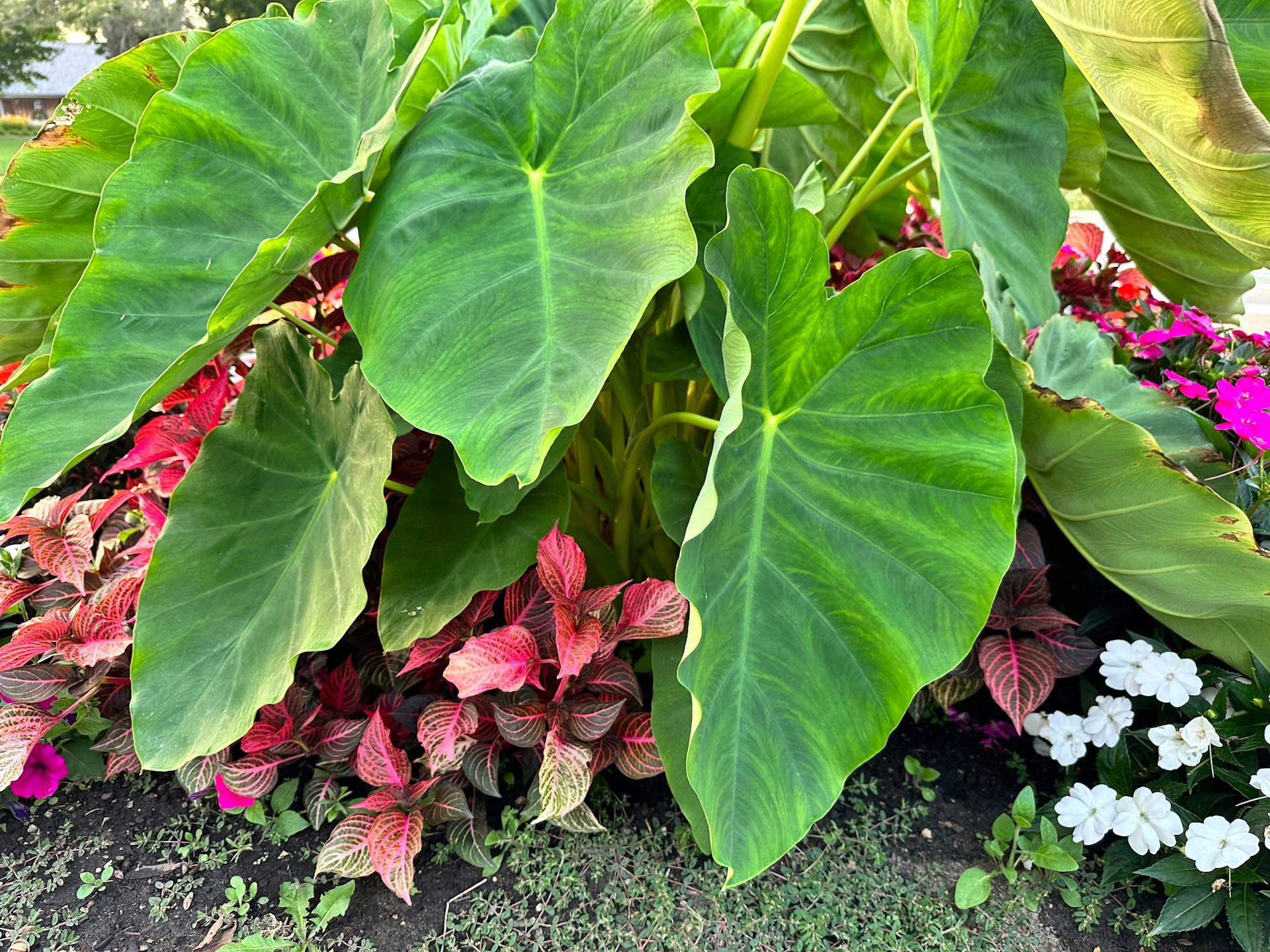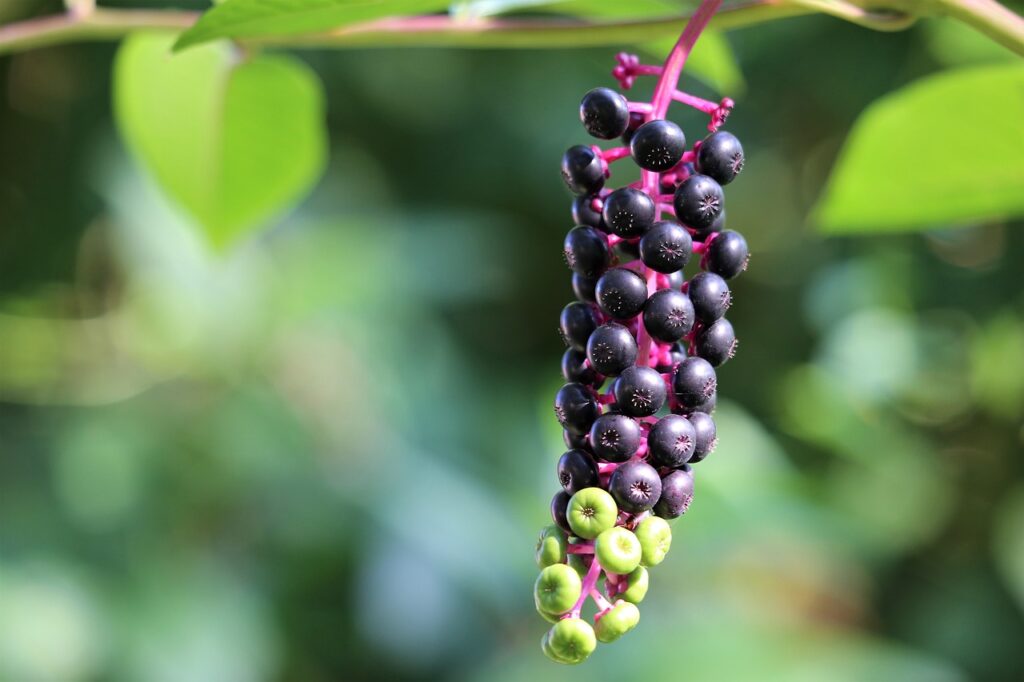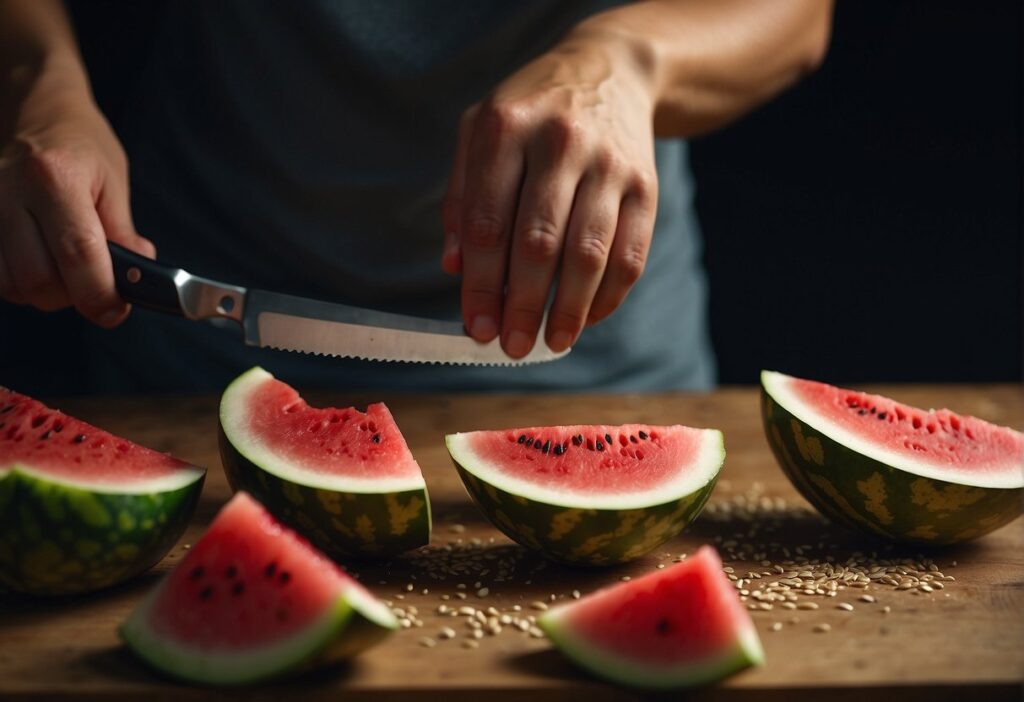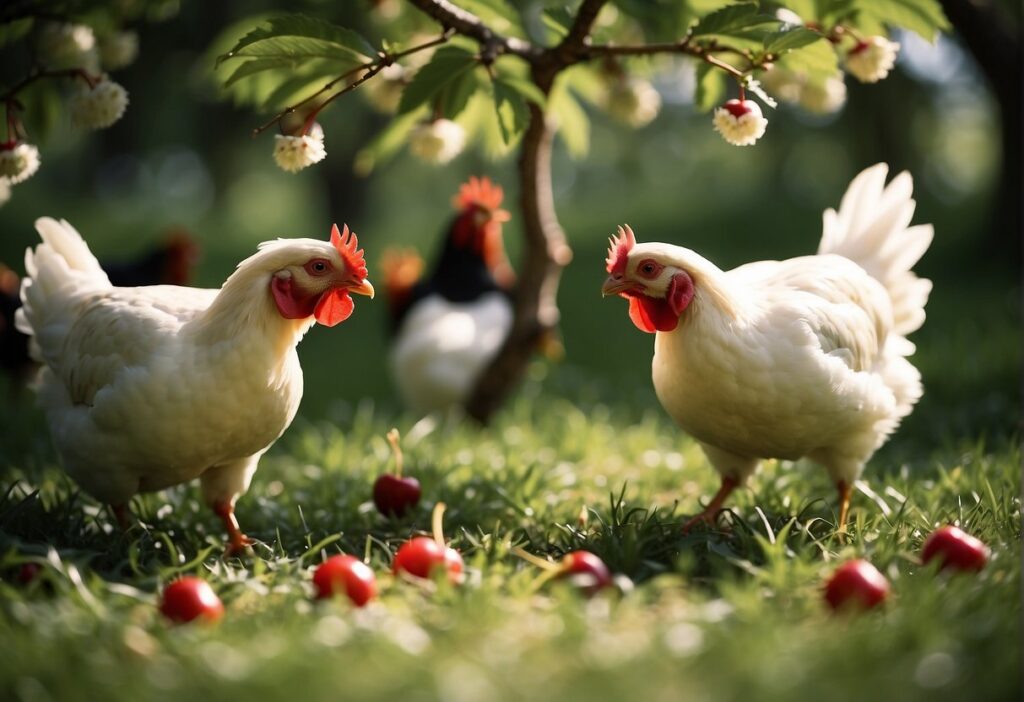
Elephant ear plants are cherished for their large, tropical foliage, which can be quite dramatic in appearance. However, when these broad leaves start to turn yellow, it can be a cause for concern among gardeners and plant enthusiasts. Yellowing leaves are often a sign that the plant is facing some form of stress, which can range from environmental factors to disease.
Understanding the cause of yellowing in elephant ear plants is crucial for addressing the issue effectively. Several factors could be responsible, such as improper watering habits, nutritional deficiencies, or pests and diseases. Correctly identifying the problem is the first step towards restoring the vibrant green color of the leaves.
Key Takeaways
- Yellowing leaves in elephant ear plants indicate stress or health issues.
- Proper diagnosis of the problem is essential for effective treatment.
- Regular care and maintenance can prevent yellowing of the leaves.
Understanding Elephant Ear Yellowing
Elephant ear plants are known for their lush green foliage. Yellowing leaves can signal issues with care or environmental factors.
The Role of Sunlight and Watering
Elephant ears prefer a balance of indirect sunlight and partial shade. Too much direct sunlight can scorch the leaves, leading to a yellow appearance. Conversely, too little light may cause yellowing and stunted growth.
Water is equally important. Elephant ear plants thrive with consistent moisture and require regular watering. However, overwatering can lead to yellowing leaves due to root rot. Here is a guide for optimal watering practices:
- Frequency: Water when the top inch of soil feels dry.
- Amount: Ensure the plant receives enough water so that it drains out the bottom of the pot.
- Signs of Overwatering: Yellowing leaves, wilting, and mushy stems.
A plant’s watering needs can vary based on the temperature and humidity. Plants may need more frequent watering in warm, dry conditions and less during cooler, wetter periods. Always check the soil moisture before watering.
Nutrient Deficiency and Soil Quality
Soil quality and nutrient availability are crucial for the health of elephant ears. These plants are heavy feeders and can develop yellow leaves if they lack essential nutrients like nitrogen, potassium, or magnesium.
| Essential Nutrient | Function | Deficiency Symptom |
|---|---|---|
| Nitrogen | Leaf growth and green color | Pale yellow-green leaves |
| Potassium | Overall plant vigor and disease resistance | Yellowing at leaf edges and tips |
| Magnesium | Chlorophyll production | Yellowing between veins |
To combat nutrient deficiency, it’s important to provide a balanced fertilizer during the growing season. Soil should be rich and well-draining to prevent water accumulation and ensure roots have access to oxygen.
- pH Levels: Aim for a pH between 5.5 to 7.0.
- Fertilizing frequency: Fertilize every 2 to 4 weeks during the growing season with a complete fertilizer.
- Soil texture: Incorporate organic matter such as compost to improve soil texture and nutrient content.
Maintaining proper soil quality is essential for the uptake of nutrients, which in turn keeps elephant ear leaves the vibrant green gardeners desire.
Common Problems and Diseases
Elephant ear plants may exhibit yellowing leaves as a sign of distress caused by either biotic elements, such as pests and disease, or abiotic factors, which include various environmental stresses. This section will explore the most prevalent causes, pinpointing specifics to aid in the identification and resolution of these issues.
Pests and Disease Impact
Pests: A common cause for the yellowing of elephant ear plant leaves are pests such as aphids and spider mites. Aphids are small sap-sucking insects that can cause distortion and yellowing of leaves when they feed in large numbers. They often cluster on the undersides of leaves and can be identified by their pear-shaped bodies and the sticky residue they leave behind, known as honeydew. Spider mites, which are tiny arachnids, also suck sap from the leaves, causing them to turn yellow and eventually brown. Fine webbing on the plant is a clear indicator of their presence.
- Control Measures:
- Aphids: Rinse off with water, apply insecticidal soap.
- Spider Mites: Increase humidity, use miticides.
Disease: Diseases such as root rot are frequently a result of poor cultural practices, most notably over-watering. Root rot can be identified by examining the plant’s roots, which will appear brown, mushy, and have a foul odor if affected. Over-watering leads to a lack of oxygen in the soil, which coupled with a persistently wet environment, promotes fungal growth causing the disease.
- Control Measures:
- Root Rot: Improve drainage, reduce watering frequency.
Environmental Stress Factors
Water: While under-watering can lead to dehydration and yellowing of leaves, over-watering is more commonly the issue with elephant ear plants. Consistently soggy soil can suffocate the roots, prevent proper nutrient uptake, and lead to yellowing.
- Solutions:
- Adjust watering schedule based on soil moisture, not a fixed calendar schedule.
Humidity: Elephant ears thrive in high humidity. Low humidity environments can stress the plants, as they lose moisture through their leaves, leading to discoloration.
- Solutions:
- Use a humidifier to create a more suitable environment.
- Group plants to create a microclimate with higher humidity.
Care and Maintenance
The health of elephant ear plants depends on proper watering, fertilization, and ensuring they are in environments with suitable humidity and temperature. It is essential to strike a balance in these care aspects to prevent yellowing leaves.
Optimal Watering and Fertilization
Watering:
- Elephant ear plants require consistent moisture. They should be watered when the top inch of soil feels dry.
- Over-watering or under-watering can lead to yellowing leaves.
Fertilization:
- A balanced fertilizer is critical for the growth of elephant ear plants. Nutrient deficiency can cause yellow leaves and stunted growth.
- Fertilize your plant every two to three weeks during the growing season with a 20-20-20 mix, and reduce fertilization to once a month in the winter.
Importance of Proper Humidity and Temperature
Humidity:
- Maintain a high humidity level around the plant. Consider using a humidifier or a pebble tray with water to increase surrounding moisture.
- Low humidity can lead to leaf yellowing and dessication.
Temperature:
- Ideal temperatures for elephant ear plants range between 65-75°F (18-24°C).
- Sudden temperature changes or drafts can stress the plant, causing leaves to yellow.
- During dormancy, reduce watering but ensure the plant does not completely dry out.
Revitalizing Your Elephant Ear Plant
When an owner notices their elephant ear plant’s leaves turning yellow, several factors could be at play. Addressing these concerns can help revive the plant.
Lighting Conditions: Elephant ears thrive in environments that offer partial shade to full sun. If leaves yellow, assess the amount of sunlight the plant receives. Too much direct sunlight can lead to stress and yellowing leaves. They may require relocation to a spot with ideal light exposure.
- Too much sun: Move the plant to partial shade.
- Too little sun: Transition it gradually to a brighter area.
Water and Humidity Needs: These plants prefer high humidity and consistent moisture without becoming waterlogged. Improper watering can cause yellowing.
- Maintain evenly moist soil; do not overwater.
- Ensure pots have adequate drainage holes to prevent root rot.
Soil and Repotting: If the plant continues to struggle, consider the soil quality and whether it’s time to repot.
- Gently ease the plant out of its current container.
- Inspect the roots for signs of decay.
- Trim any rotten roots with a sterile tool.
- Place in a new pot with fresh, well-draining soil.
Caring for an elephant ear plant requires one to observe it closely and adjust care routines as needed to prevent yellowing leaves. With the right balance of sun, humidity, and proper drainage, the plant can often be revived and return to its healthy, vibrant state.




